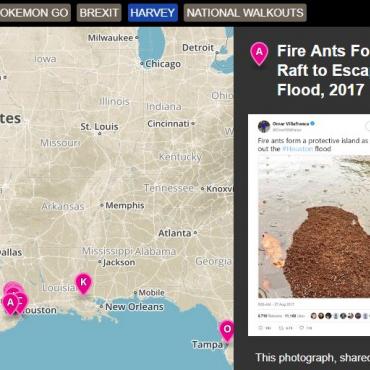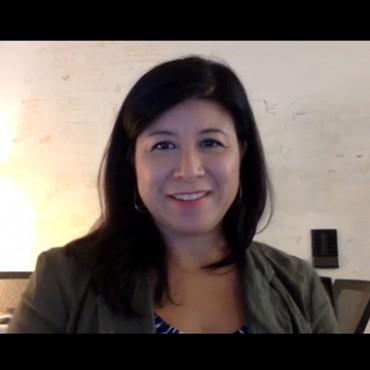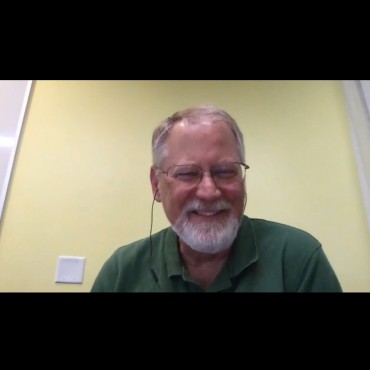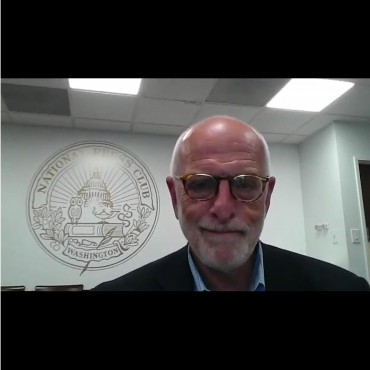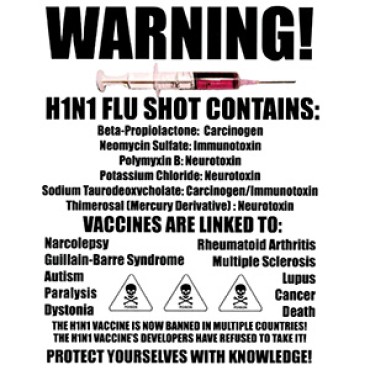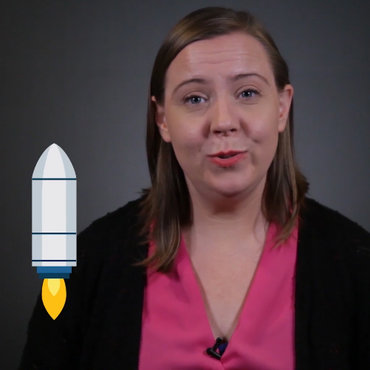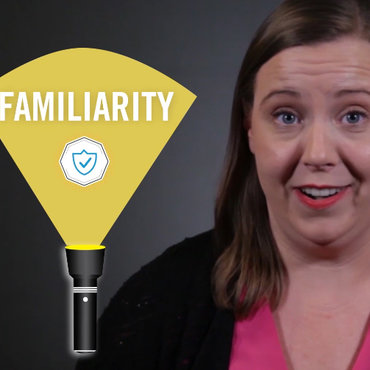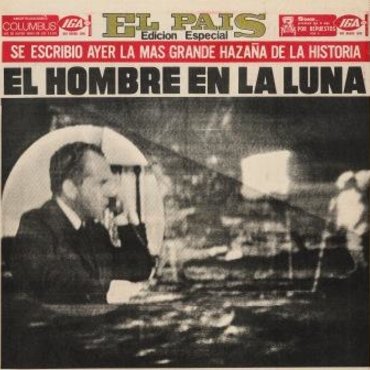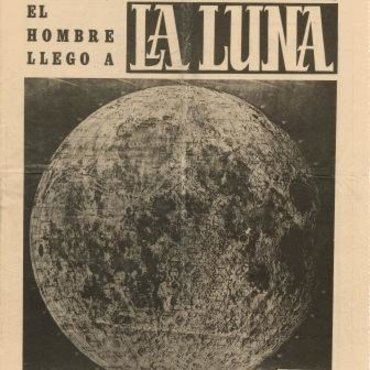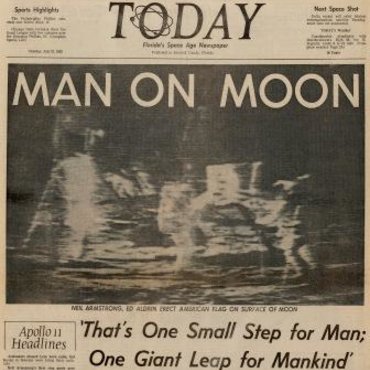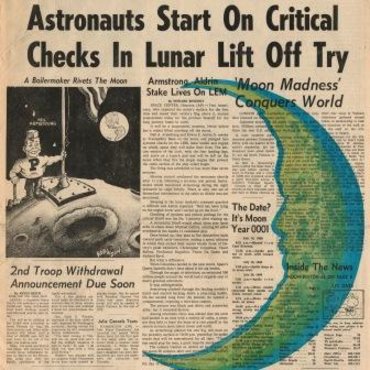
Quick Skim or Deep Dive? Picking the Right Search Strategy
A nautically themed infographic with an accompanying video explains how to tailor the search process to the complexity of the question; then students put their new search strategies to work.
Get even more great free content!
This content contains copyrighted material that requires a free NewseumED account.
Registration is fast, easy, and comes with 100% free access to our vast collection of videos, artifacts, interactive content, and more.
NewseumED is provided as a free educational resource and contains copyrighted material. Registration is required for full access. Signing up is simple and free.
With a free NewseumED account, you can:
- Watch timely and informative videos
- Access expertly crafted lesson plans
- Download an array of classroom resources
- and much more!
- Current Events
- Journalism
- 7-12
Are your students savvy searchers? Can they spot the difference between a straight news article and an opinion piece? Do they recognize bias in their sources … or in themselves?
You are in one of Fact Finder: Your Foolproof Guide to Media Literacy’s 11 flexible, multimedia lesson plans to tackle these challenges. Eight skill-building lesson plans introduce essential media literacy concepts through engaging explainer videos and colorful infographics that help students revisit, retain and apply the key concepts. The accompanying News or Noise? Media Map provides a collection of examples ready for students to analyze and evaluate with the support of worksheets and discussion prompts. Three reporting lesson plans help students take what they’ve learned and apply it to their own content creation, inspired by the issues that matter to them.
Adapting Fact Finder for Your Classroom
FROM KEY IDEAS TO COMPLETE CURRICULUM
Polish one particular skill or take your students on a comprehensive journey from news novices to media masters. We designed this suite of 11 lesson plans and their corresponding resources to be used either as a complete curriculum or individually. There’s also flexibility within each lesson plan to complete the whole thing or choose individual resources and smaller activities.
Building New Skills and Ideas
Each lesson plan’s format is inspired by the 5-E’s constructivist instructional model (engage, explore, explain, elaborate, evaluate). For students new to media literacy or news consumption, the opening “engage” activity along with the explainer video and infographic may be enough to build their awareness of key concepts. More advanced students can put these concepts into action as they navigate the News or Noise? map with the help of worksheets to guide their application. Those who have already developed their media savvy can still be challenged to elaborate by applying the infographic tips and methods to the boundless content available online.
A Cross-Disciplinary, Standards-Driven Toolbox
No matter what subject you teach, bringing elements of media literacy and journalism into your curriculum can benefit your students and help you meet standards, including Common Core requirements for analyzing sources, creating content and using non-print texts. Media literacy empowers students to conduct better research and make better arguments, whether the topic is the Civil War or the biological impact of GMOs.
The challenges today’s media landscape poses for our students — and for all of us — can be daunting. But we hope this collection of content provides an approachable way to help your students hone their ability to find quality content and begin creating their own to share with the world.
— The NewseumED Team
- Tell students that they’re going to be talking about when searching for information can be quick and easy and when it needs to be a more involved process. Ask them to brainstorm some questions they have in daily life – everything from “what’s for lunch?” to “what’s happening at school?” to “why is the sky blue?” Ask them which questions they think would be easy to answer, and which would be more difficult.
- Hand out the Easy Answers? worksheet and have students pair up to find answers. (If you’re short on time, have them answer only the first or second pair of questions instead of all four.) Students should share their answers either using a Poll Everywhere interactive word cloud (the site has instructions on how to set up this easy tool), or by writing them on index cards.
- When students have shared their answers, look for trends. You should see relatively few and overlapping answers for questions 1 and 3, but more variety for questions 2 and 4. Explain that this is because these are fundamentally very different types of questions. Questions 1 and 3 are simple and straightforward, sometimes called thin or supporting questions. Questions 2 and 4 are more complicated to answer, sometimes called thick or compelling questions.
- Watch the “Quick Skim or Deep Dive?” explainer video and review the accompanying tipsheet graphic to help students further understand the different types of questions.
- Tell students it’s time for them to practice generating their own thick and thin questions and doing their own quick skims and deep dives. Distribute the worksheet and have students work either individually or in pairs to complete it. They will also need access to the internet to review the News or Noise? media map and conduct their research. Depending on students’ level, you may ask all students to work on the same map topic and start the question brainstorming process as a group to ensure comprehension.
- Have students share their answers and discuss their process, then use the questions below to continue the conversation.
- Easy Answers? and Quick Skim or Deep Dive? worksheets (in lesson plan download), one per student or pair
- Poll Everywhere’s word cloud tool or four index cards per student/pair for an offline option
- Internet access to view “Quick Skim or Deep Dive?” video (above)
- Quick Skim or Deep Dive? tipsheet (download), one per student or pair
- Internet access to the News or Noise? media map (below) and general access to conduct research
- What would happen if you were doing a research project and only asked thin questions? Thick questions?
- What would happen if a reporter asks only thin questions? Thick questions?
- How does the adage “strength in numbers” apply to research?
- How can you tell when you’ve done enough research to answer a thick question?
- Is the Google “Answer Box” a reliable source of answers for thin questions? Why or why not? Can you tell how it is generated?
Analyzing Wikipedia
Define Wikipedia and discuss why it may be both a useful and a problematic tool. Have students analyze example pages about topics they care about, ranging from things like video games to world issues or events. Then collaborate on making a class Wikipedia page about a selected topic — either a real page following the official Wikipedia instructions or a simulation) — and dissect the process and outcome. Would your resulting page help answer thin questions? What about thick questions? Was it created using more quick skims or deep dives?
-
Common Core State Standards: CCSS.ELA-LITERACY.CCRA.R.7
Integrate and evaluate content presented in diverse media and formats, including visually and quantitatively, as well as in words. -
Common Core State Standards: CCSS.ELA-LITERACY.CCRA.SL.2
Integrate and evaluate information presented in diverse media and formats, including visually, quantitatively, and orally.
-
ISTE: 2. Digital Citizen
Students engage in positive, safe, legal and ethical behavior when using technology. -
ISTE: 3a. Knowledge Constructor
Students plan and employ effective research strategies to locate information and other resources. -
ISTE: 3b. Knowledge Constructor
Students evaluate the accuracy, perspective, credibility and relevance of information, media, data or other resources. -
ISTE: 3c. Knowledge Constructor
Students create collections of artifacts that demonstrate meaningful connections or conclusions. -
ISTE: 3d. Knowledge Constructor
Students build knowledge by actively exploring real-world issues and problems.
-
National Council of Teachers of English: NCTE.12
Students use spoken, written, and visual language to accomplish their own purposes (e.g., for learning, enjoyment, persuasion, and the exchange of information).
-
NCSS Curriculum Standards: NCSS 8
An understanding or science and technology in their social contexts allows learners to questions and analyze the impact of science and technology on society.





